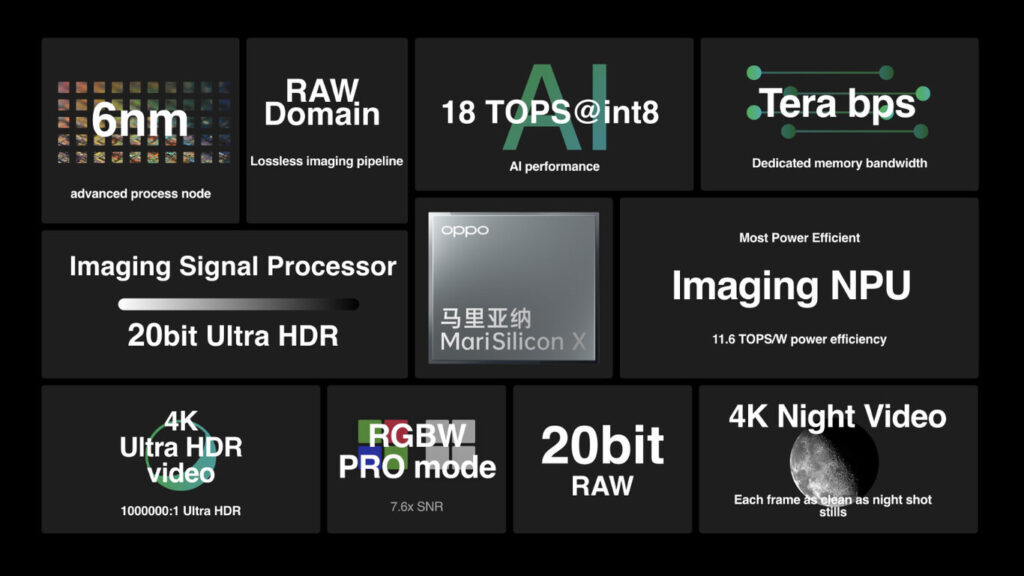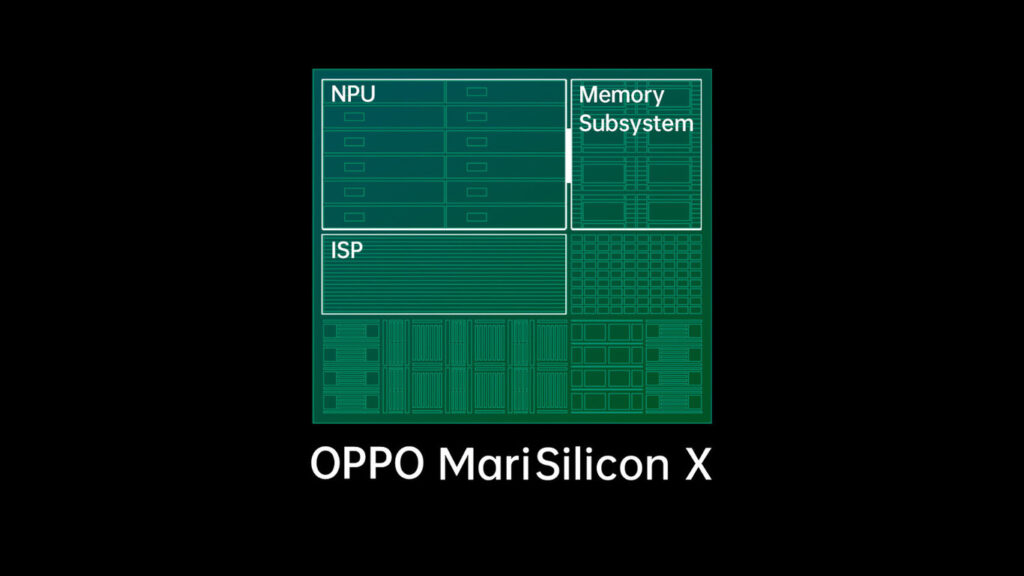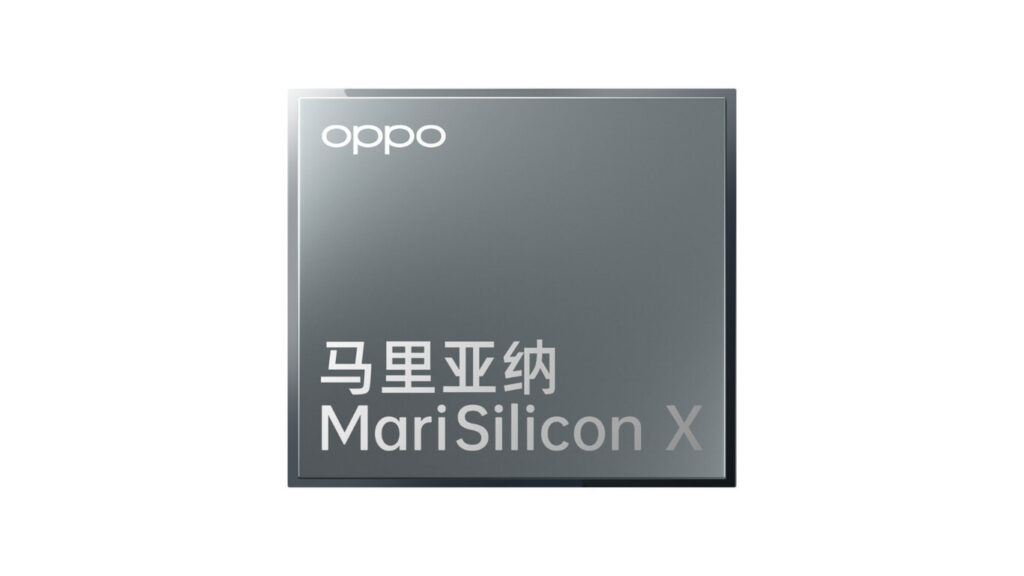A few months ago, we heard that OPPO was working on its chips. Although at first, it was said that it would be a processor, the truth is that OPPO has taken a similar approach to Vivo. It has not launched an SoC (for now), but it has launched a chip of its development: MariSilicon X, a chip that combines an NPU (Neural Processing Unit) and an ISP (Image Signal Processor).
As such, it is a small device developed to improve image acquisition. We will learn more about MariSilicon X later, but not before noting that we will have to wait a little bit to see it in action: according to OPPO, the chip will debut in the first quarter of 2022 in the Find X series.
This is what the first chip developed by OPPO looks like

MariSilicon X has been built in six nanometers and combines an NPU and ISP with multi-tier architecture. In the words of OPPO executive Jiang Bo, “our innovative new imaging NPU is the biggest leap we have made so far.”
According to the company’s figures, MariSilicon X is capable of delivering up to 18 TOPS, an interesting power to feed the mobile’s artificial intelligence algorithms. In terms of energy efficiency, its performance is 11.6 TOPS per watt.
The chip has a dedicated Tera bps memory subsystem, so it is not memory-bound. Thus, MariSilicon X can squeeze the NPU to the maximum at all times and thereby reduce data transfer time between different storage units. It also includes dedicated DDR (not shared with the CPU, GPU, and other SoC components) with 8.5 GB/s of additional bandwidth.

And what will this raw power be noticeable in? In the artificial intelligence noise reduction algorithm. For example, the NPU of the OPPO Find X3 Pro consumes 1,693 mW and processes two images per second in 4K. MariSilicon X, however, consumes 797 mW and processes 40 images per second in 4K We are talking about a 20% improvement. In addition, and according to OPPO, the chip allows capturing night videos in 4K HDR and improving the brightness in each frame through AI in real-time.
As for the ISP, which is the component responsible for processing the images captured by the camera, OPPO has explained that it has a dynamic range of 20 bits at 120 dB, or what is the same, four times more dynamic range than the OPPO Find X3 Pro. That allows it to offer a contrast of 1,000,000:1 between the darkest and brightest parts of the photo.
Another interesting aspect that MariSilicon X allows to exploit is the processing of RAW content in real-time. The chip performs 20-bit HDR processing and merging in RAW format at the pixel level. By doing this in real-time, the chip can achieve a signal-to-noise ratio of 8 dB in images and allows users to see what the image will look like before capturing it.

Finally, the last piece of goodness promised by MariSilicon X is the RGBW Pro mode. This, using a Dual Image Pipeline design and double RAW sampling, allows users to separate and merge the RGB and white signals from the RGBW (red, green, blue, and white) sensor of the phone and obtain an 8.6 dB improvement in the signal-to-noise ratio and a 1.7x improvement in the quality of the textures.
In the absence of testing it for ourselves, it is certain that, on paper, MariSilicon X looks promising. We will have to wait to find out for sure. Until when? Until the first quarter of 2022, when OPPO assures that we will see the launch of the new member of the Find X series.
This post may contain affiliate links, which means that I may receive a commission if you make a purchase using these links. As an Amazon Associate, I earn from qualifying purchases.

